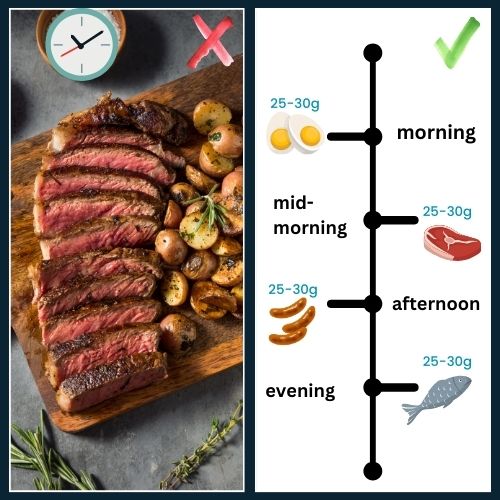
Protein Facts Men Should Consider
Your muscles constantly break down and rebuild, especially after workouts. Without enough protein, your body can't repair properly. But here's what most advice gets wrong: timing matters more than total amount. Spreading your protein throughout the day (25-30g per meal) works better than one massive protein shake or huge steak dinner.

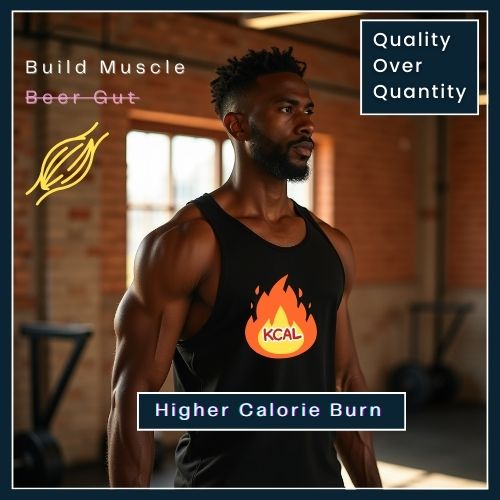
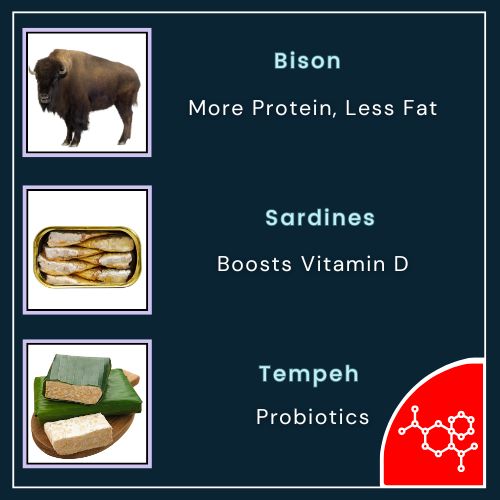

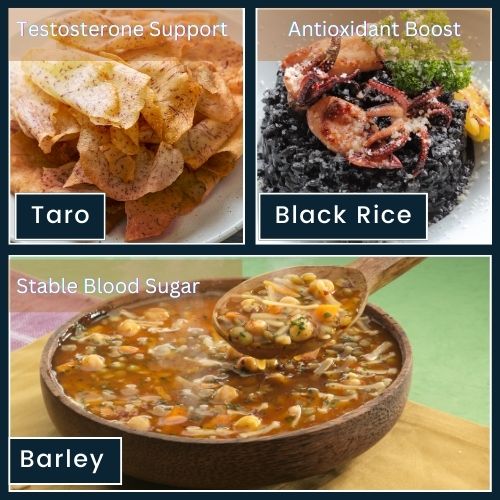

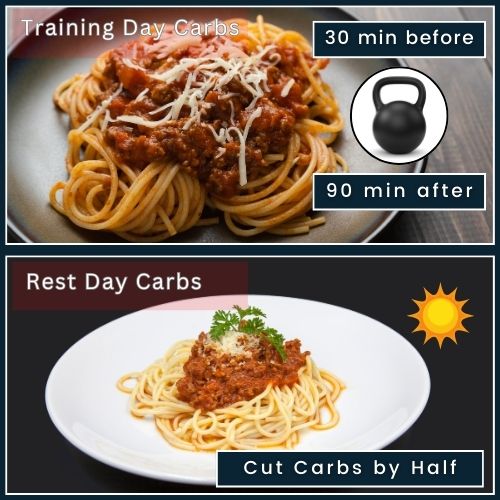
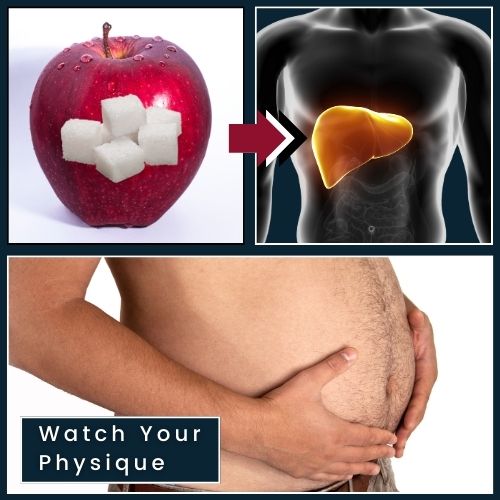


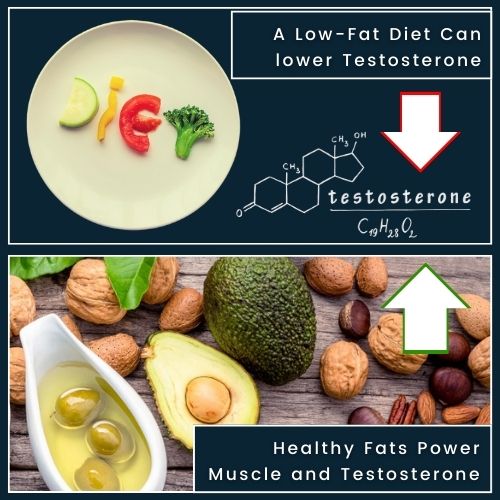
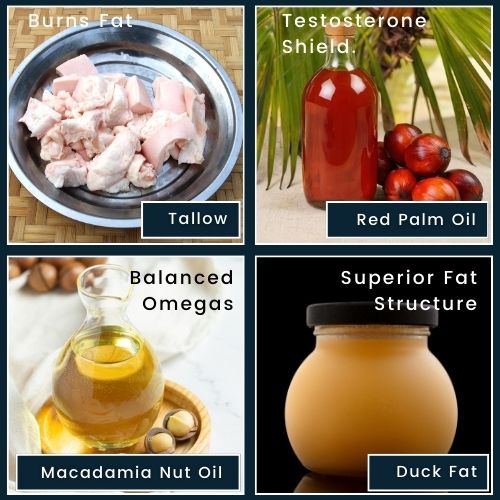
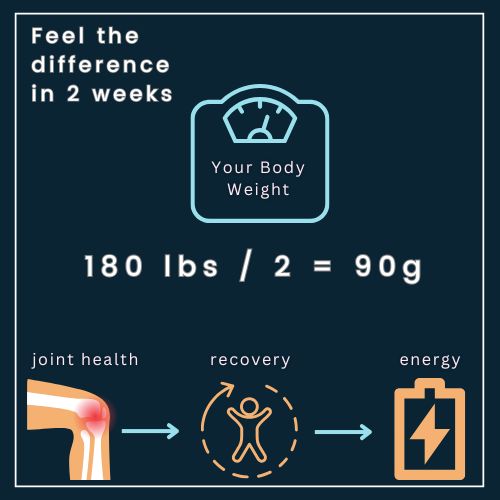
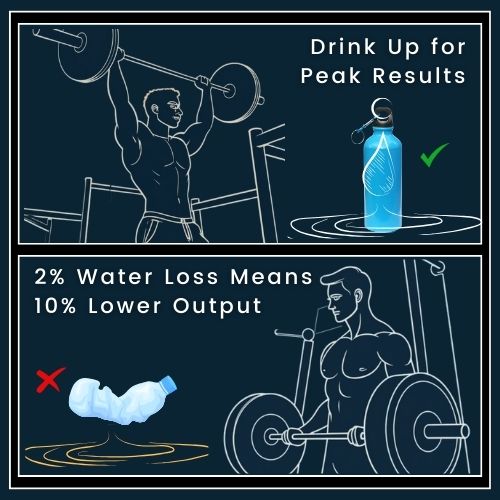
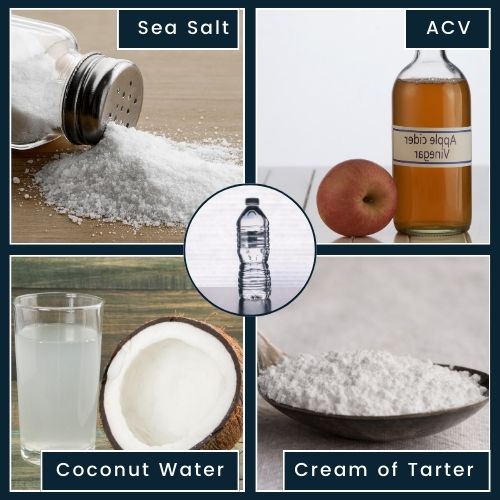
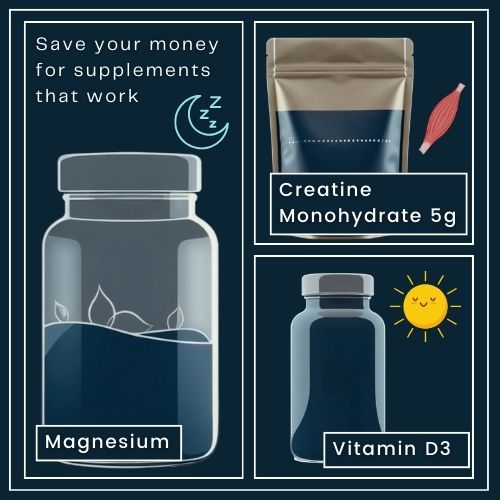

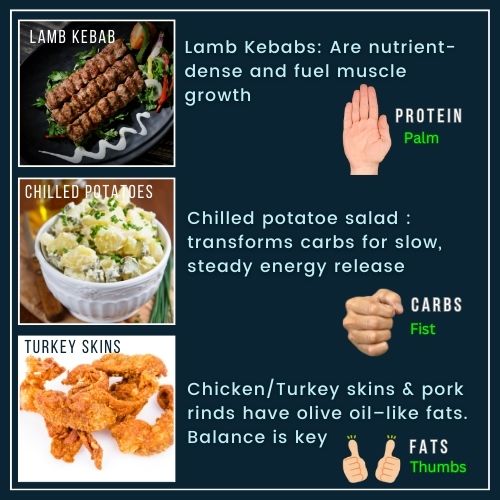
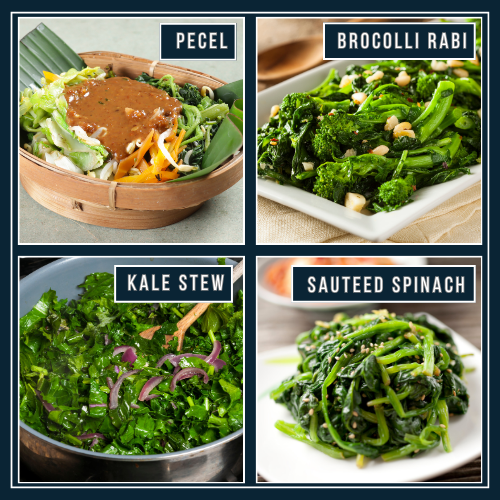
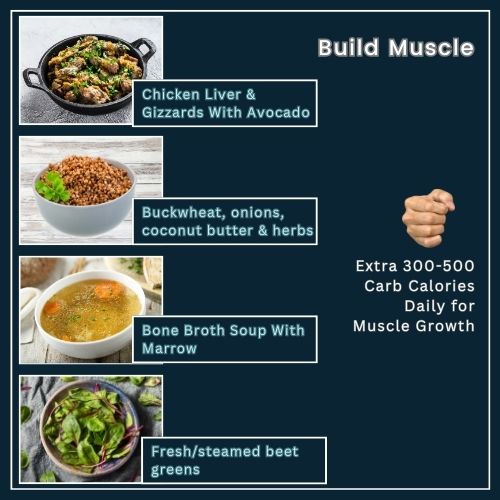

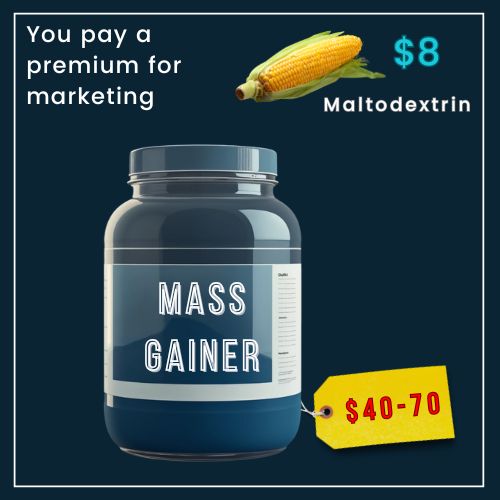



Nutrition has played a huge role in reaching my own fitness goals, especially once I realized how much timing and food quality matter just as much as quantity. I used to focus only on macros, but over time I noticed better results when I paid attention to nutrient-dense meals and recovery-focused nutrition. One challenge I’ve faced is balancing high-protein intake without leaning too heavily on processed supplements. Real food seems to make a bigger difference in how I feel and perform. It's also interesting how certain foods affect energy levels differently depending on the time of day and workout intensity.
Hello there –
Eating healthy and staying active is an ongoing journey, and I’ve recently had to make some big changes myself—cutting out junk food and sugary drinks made a noticeable difference. This blog offered great insights, especially about food timing and unexpected tips like cooling potatoes and rice to help manage blood sugar levels. I’m especially intrigued by bison meat for its higher protein content—adding that to my grocery list. Keep up the great work; this was both informative and motivating!
G
This post is a masterclass in practical, male-focused nutrition. It breaks down complex science into real-world strategies that make a huge difference—from protein timing to overlooked organ meats and the truth about fruit and fat. I love how it doesn’t just push high calories or generic "bulk-up" advice, but instead emphasizes nutrient density, timing, and recovery. The focus on “quality over quantity” is exactly what most guys need to hear. Also, highlighting forgotten foods like liver, bison, and duck fat is a game-changer—this is ancestral wisdom with modern insight. The simple visuals like "palm = protein" make it easy to apply right away. And calling out the hype around unnecessary supplements? Spot on. This isn’t just about muscle—it’s about longevity, hormone health, and smart fueling. Every active guy should save this post.